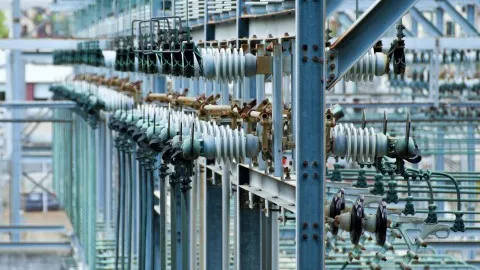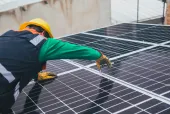
How India could accelerate clean energy deployment
IEEFA cites demand-side measures to increase clean energy share in its power mix.
India would need to accelerate the deployment of clean energy and raise its share in the power system to meet its emissions intensity reduction goal for 2030, according to a report by Institute for Energy Economics and Financial Analysis (IEEFA).
To do this, the country should implement four demand-side measures.
“While raising non-fossil fuel power's installed capacity share to 50% by 2030 may be relatively easier to achieve, reducing the emissions intensity of its economy by 45% by 2030 from 2005 levels requires increased integration of variable renewable energy in the power system,” said IEEFA Energy Analyst Charith Konda said.
Konda said one of the “immediate levers” is to launch effective time-of-use electricity tariffs to alter consumption patterns and align with more renewable energy integration and lower grid balancing requirements.
ALSO READ: India shold revive thermal power plants over investing in new ones: report
Successfully implementing this could lower peak demand by 5% to 25%, he said.
Having a well-connected national grid will also help improve the absorption and balance of regional variation in renewable energy generation and cut renewable energy curtailment.
India should also install different energy storage options to ensure grid balancing services with pumped hydro storage and battery energy storage systems as the most viable technologies.
IEEFA added that the government’s plan to convert coal-based power plants to operate flexibly to accommodate more renewable energy may lower capital expenditure requirements and cut the curtailing of renewable in the medium term.
“Running coal plants flexibly can save already-established coal power plants from getting stranded. It also increases the per unit cost of coal power, making renewable energy plus storage more competitive in the merit order dispatch system,” Konda said.
However, this could result in some technical, financial, and regulatory challenges as they may need to select suitable plants to convert into flexible operations, redesign coal power purchase deals and develop markets that allow flexible operations, he added.













 Advertise
Advertise











